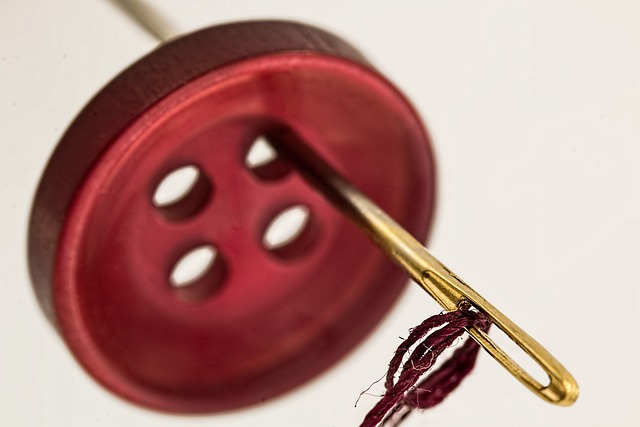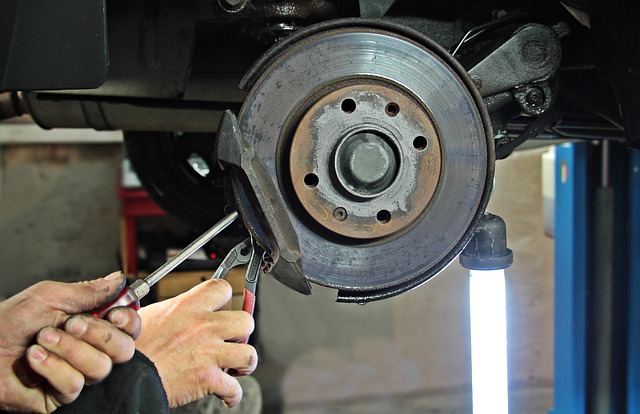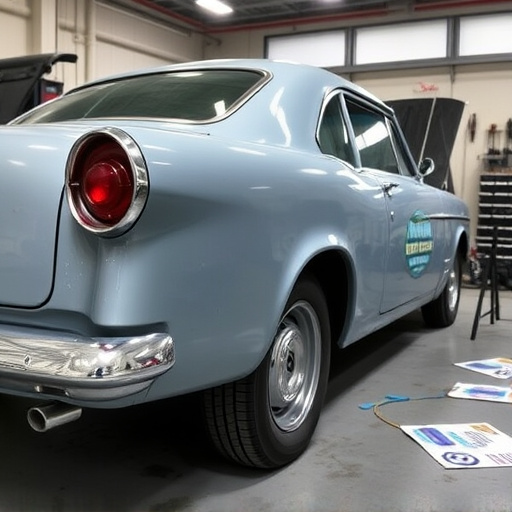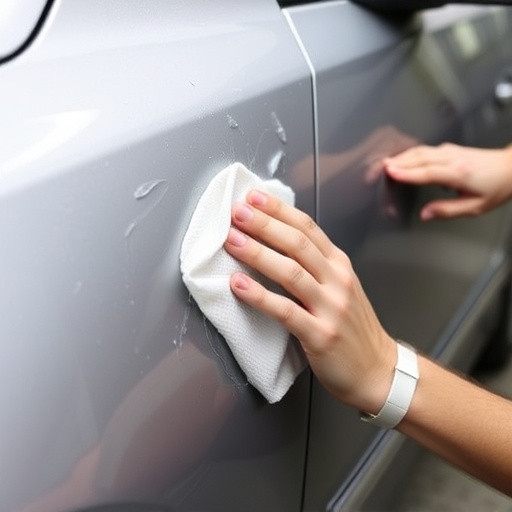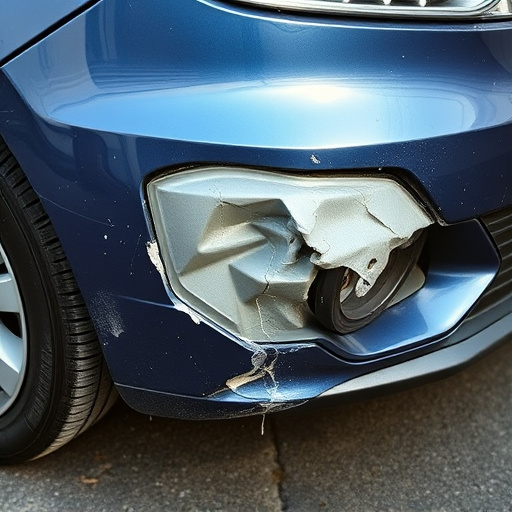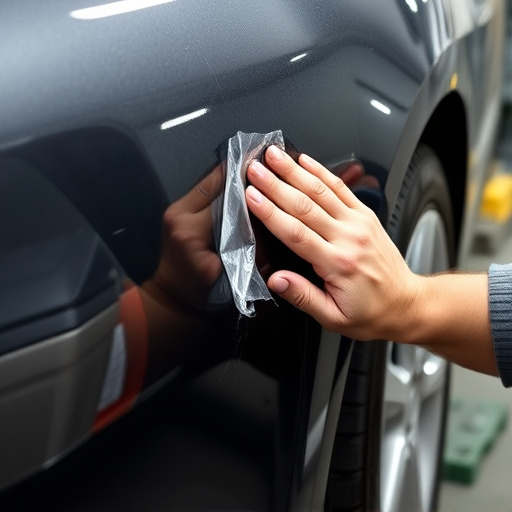Seatbelt repair and replacement are essential for vehicle safety and resale value. Over time, seatbelts can degrade due to wear and tear or harsh weather, posing safety risks. Regular inspection is crucial, with repairs ranging from DIY kits to professional work. In selling a used car, paying attention to seatbelt condition significantly impacts resale value, as buyers prioritize safety features. Best practices for post-repair include using genuine high-quality parts, proper installation by a qualified shop, regular records, and a professional inspection to maximize attractiveness in the resale market.
Seatbelt repair and replacement are essential safety measures that can significantly impact a vehicle’s resale value. This article delves into the intricacies of understanding and managing these repairs, providing critical insights for both sellers and buyers in the automotive market. We explore how timely and effective seatbelt replacements influence vehicle condition assessments, ensuring maximum resale potential. Discover best practices to navigate this process, allowing you to make informed decisions and maintain a healthy secondary market for your vehicle.
- Understanding Seatbelt Repair and Replacement: The Basics
- Impact on Vehicle Resale Value: What Sellers Need to Know
- Best Practices for Ensuring Maximum Resale Value Post-Repair
Understanding Seatbelt Repair and Replacement: The Basics
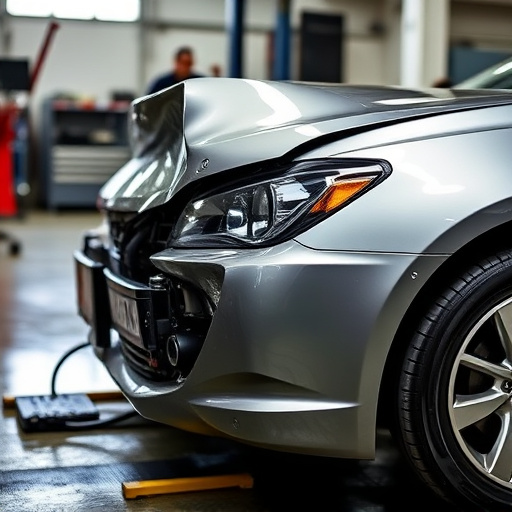
Seatbelt repair and replacement are essential aspects of vehicle maintenance that often get overlooked until an issue arises. It’s crucial to understand that over time, seatbelts can degrade due to various factors such as frequent use, exposure to harsh weather conditions, or manufacturing defects. This wear and tear can lead to frayed straps, broken buckles, or damaged latches, posing significant safety risks. Therefore, prompt identification and repair are not just recommended but also required by law in many jurisdictions.
Regular seatbelt maintenance involves inspecting the entire system for any signs of damage or weakness. If repairs are needed, replacing specific components such as the webbing, buckles, or anchors is a common practice. While minor repairs can be done at home using kits available at automotive stores, complex issues may require the expertise of professional mechanics. Unlike other car body repair services, seatbelt replacement focuses on ensuring the safety and reliability of a vehicle’s restraint system, which is vital for passenger protection in case of accidents.
Impact on Vehicle Resale Value: What Sellers Need to Know
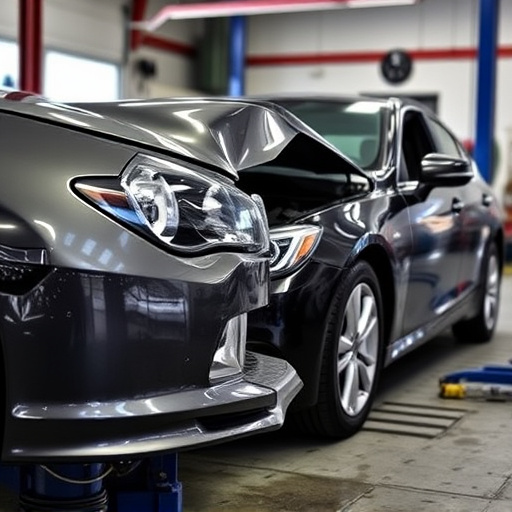
When it comes to selling a used vehicle, every detail matters, and that includes the condition of safety features like seatbelts. A simple seatbelt repair or replacement can significantly influence a car’s resale value. Sellers should be aware that potential buyers will often scrutinize the age and quality of these critical components as part of their overall assessment of the vehicle’s safety and reliability.
A well-maintained and recently repaired seatbelt system can add value to your listing, assuring prospective buyers that this essential safety feature is in optimal condition. Conversely, neglecting or delaying seatbelt repairs might deter interested buyers who prioritize safety and are willing to pay a premium for vehicles with up-to-date maintenance records, including tire services, dent removal, and of course, seatbelt repair replacement. Therefore, sellers should consider these repairs as part of their pre-sale preparation to maximize their asking price and attract the right buyers.
Best Practices for Ensuring Maximum Resale Value Post-Repair
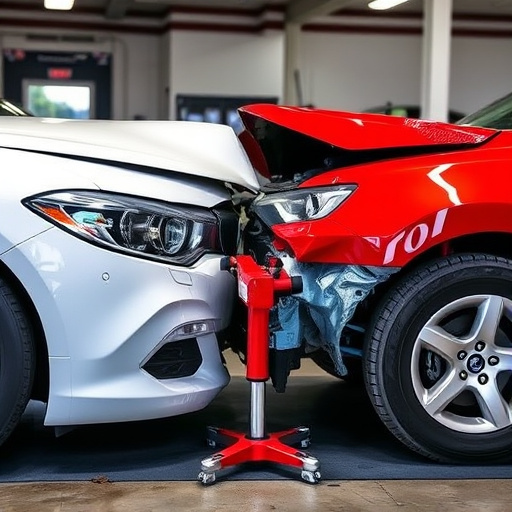
To maximize a vehicle’s resale value after a seatbelt repair or replacement, several best practices should be followed. Firstly, ensuring that all parts used are genuine and of high quality is paramount. Original Equipment Manufacturer (OEM) components are recommended as they maintain the vehicle’s integrity and original specifications, which can attract buyers looking for authentic and reliable vehicles. Additionally, proper installation techniques by a qualified auto repair shop specializing in seatbelt repairs can significantly impact resale value. Technicians should adhere to industry standards, using specialized tools and training to guarantee secure and precise fitting.
Regular maintenance after the repair is another key factor. Keeping detailed records of all work done, including dates, parts replaced, and any adjustments made, creates a transparent history that potential buyers appreciate. It’s also advisable to have a professional automotive body shop inspect the vehicle post-repair for any other necessary repairs or maintenance, focusing on both structural integrity and cosmetic appeal. This comprehensive approach ensures not only the safety of the vehicle but also its overall attractiveness in the competitive resale market, featuring not just as a functional but also a well-maintained asset among auto repair services.
A well-timely and thorough seatbelt repair or replacement can significantly impact a vehicle’s resale value, ensuring it remains in peak condition. By understanding the process, its effects on resale, and adhering to best practices, sellers can maximize their return on investment. Remember that proper maintenance and timely repairs are key to preserving the vehicle’s overall worth in today’s competitive market.
